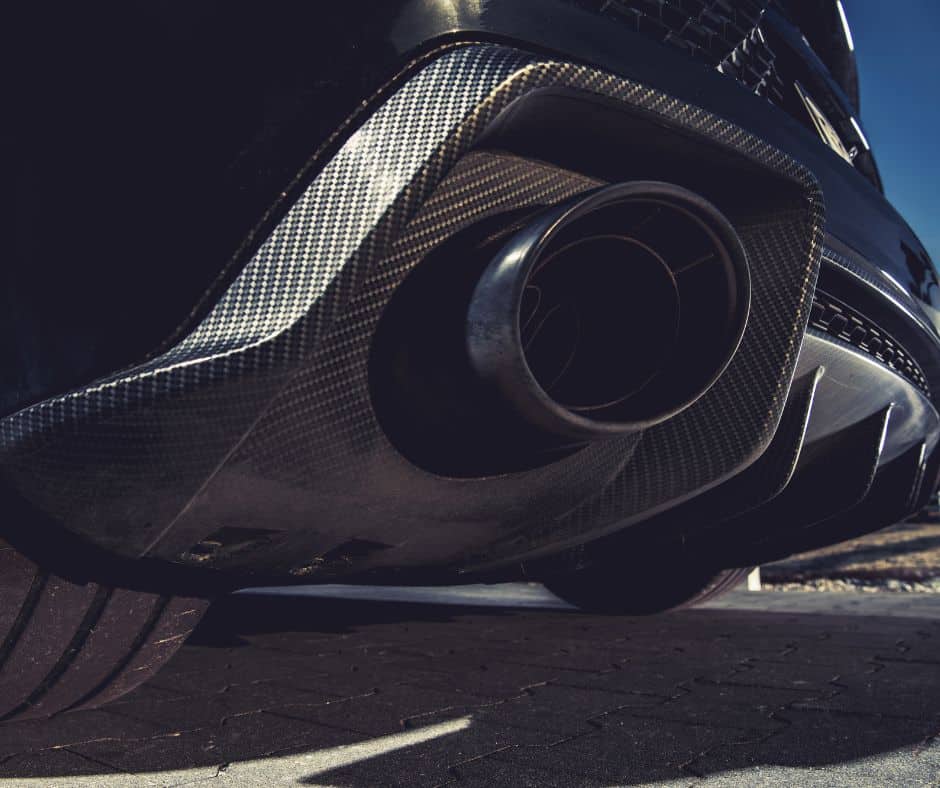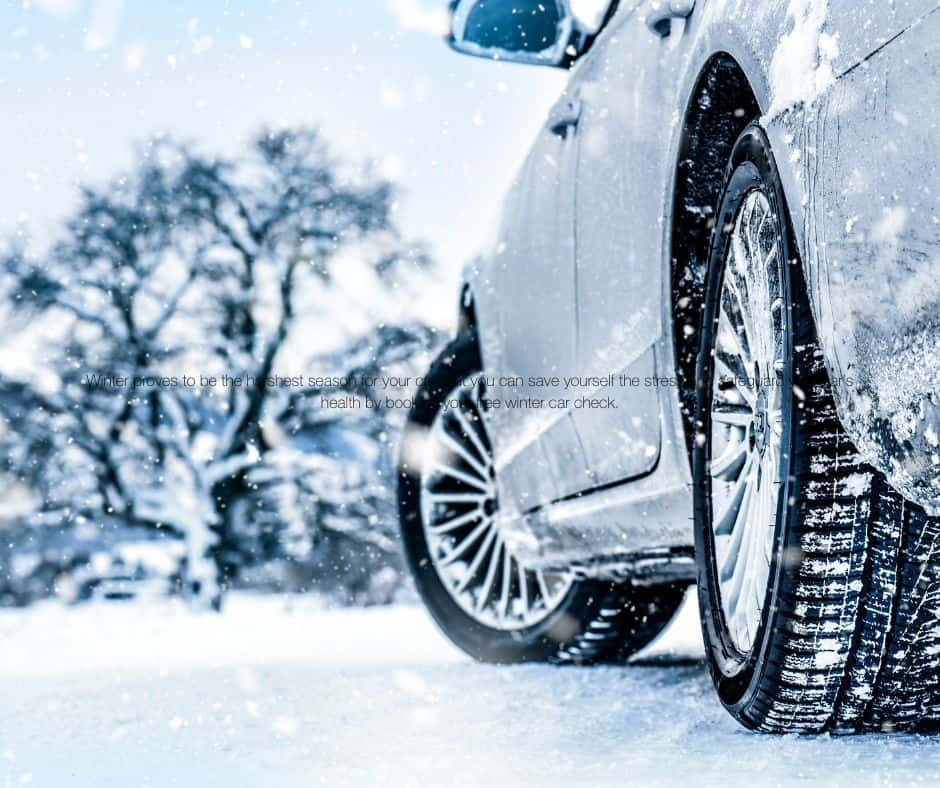1st November 2023
The difference between Summer and Winter tyres?
You’d be forgiven for not realising the significant differences between Winter and Summer tyres and how each type impacts driving and even fuel consumption. We tend to consider Winter tyres as something that’s needed for trudging through inches of snow. When in reality, they can be needed way before the snow appears!
The main differences between Winter and Summer tyres are:
- The rubber compounds from which they’re made are completely different
- The way they impact driving in different weather conditions
- Their completely different tread pattern and why this is needed
- How the tyre rubber behaves differently in various temperatures (hot and cold conditions)
- Their impact on a vehicle’s braking and stopping distance
- Different ability to grip the road in various weather conditions
The significance of the tread pattern
To the untrained eye, your tyre’s tread patterns may go unnoticed. However, it’s the first thing a specialist tyre technician will tell you about. The tread pattern, including the sipes, rubber compound and structure will all be completely different on both a Winter and Summer tyre.
Due to different pressures, such as heat, Summer tyres are made with slightly less rubber, resulting in their treads being less visibly prominent and with less depth. Whereas the tread pattern on a Winter tyre, for reasons such as needing to grip through snow and ice and much colder temperatures appears thicker and chunkier.
What are winter tyres?
Winter tyres are intuitively designed for colder, harsher Winter months, which can subject your vehicle to snow and ice. The compound and tread are much softer, resulting in much better tyre-to-road grip. Experts have designed them to work effectively in temperatures below 7 degrees.
Winter tyres are designed to achieve maximum traction, due to the increased number of sipes. This feature also leads to a smoother performance, thus less fuel consumption in the Winter months.
What are summer tyres?
Summer tyres tend to be needed in temperatures about seven degrees Celsius, or on a calendar, months between March to October. They don’t require as many grooves as their counterparts, however, still have tread bars to minimise the risk of aquaplaning in rainy weather. Their compound is harder, meaning they can grip the road well on both wet and dry roads. The harder compound also means as the tyres heat up on hot roads, they are far less likely to swell, crack or seize up completely.
The potential dangers of not switching between Winter and Summer tyres
Without wanting to add fear to drivers, there are real risks involved when driving with the incorrect tyre in various weather conditions.
The main dangers are:
- Risk of losing control of the vehicle
- Reduction of optimal handling whilst driving
- Stopping / braking distance increased
- Increases chances of aqua planning and adverse reactions to weather conditions
- Increased fuel consumption
- Less traction and grip on the road
- Risk of tyres cracking
Trust the tyre experts for your Winter and Summer tyres
Ensuring your tyres are in optimum condition and quality, providing the utmost safety between you and the road will remain a priority of ours. Having your Winter and Summer tyres expertly installed is the main way to ensure this.
At Delany Motors we understand that the tread pattern of tyres plays a huge role in assisting the driver of any vehicle. The unique pattern serves many purposes, such as reducing the risk of aquaplaning, grip ability and braking distance. It goes without saying, that all of the above factors are crucial during different weather conditions throughout the year. Hence the need for both Winter and Summer tyres.
Whether it’s a question (FAQs) about when to switch your tyres, or which type of tread best suits your vehicle, give one of our expert tyre technicians a call today.









